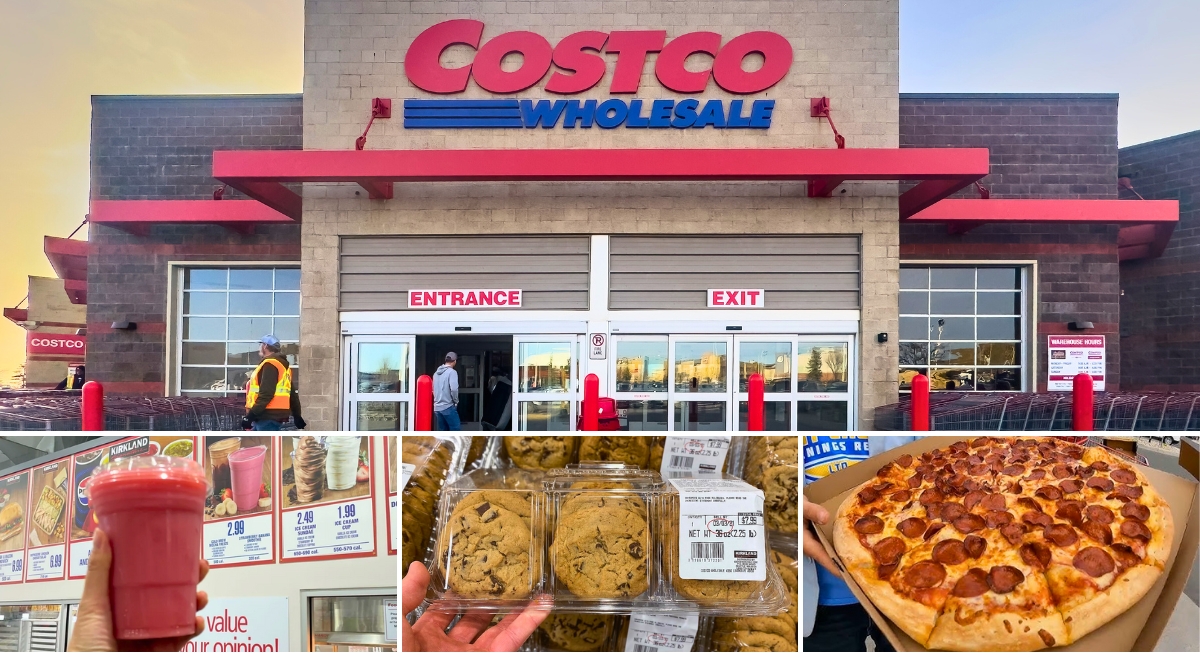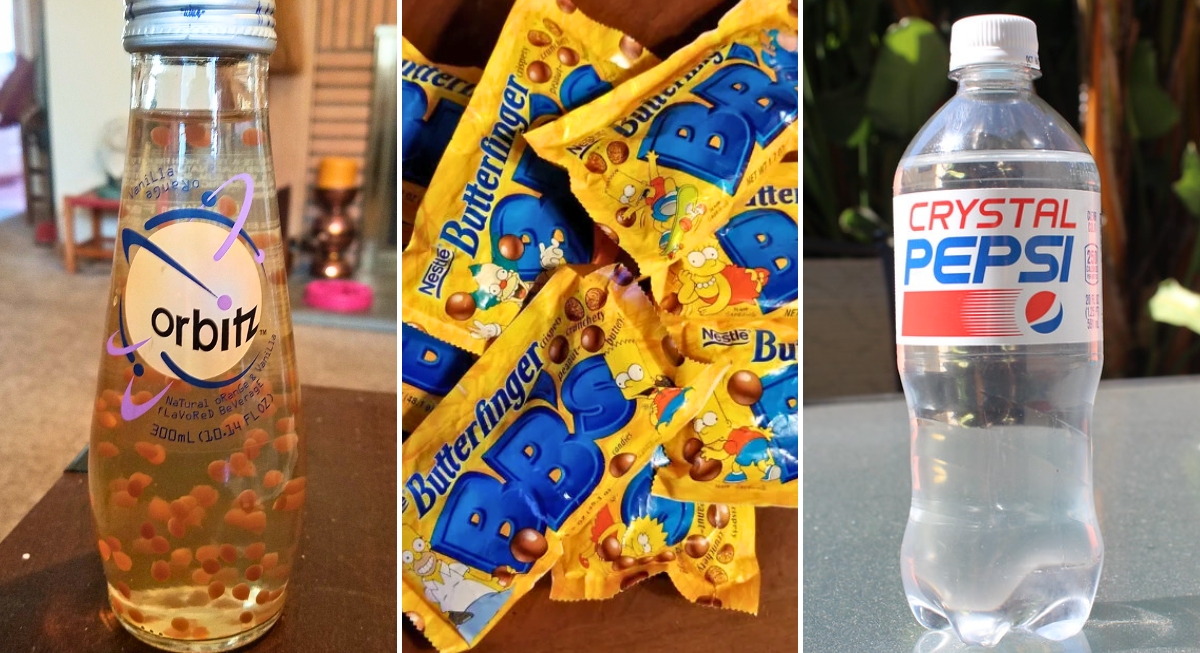From neon-colored sodas to bold caffeinated experiments, some drinks were once staples in lunchboxes and grocery aisles but quietly vanished over time. Some were too quirky to survive, while others were simply outshined by newer trends. Yet, their disappearance left a mark, sparking curiosity for those who remember them. Why did these drinks fade away, and could they ever make a comeback? Here are 20 iconic beverages that disappeared, leaving fans longing for just one more sip.
Orbitz (1997–1998)

Credit: flickr
Orbitz grabbed attention with floating, colorful gelatin balls suspended in a clear liquid, giving it a futuristic look. Despite its unique appearance, the drink failed to impress with its flavor and texture. It vanished from stores within a year but remains a nostalgic curiosity for fans of 1990s beverage innovation.
Coca-Cola BlaK (2006–2008)
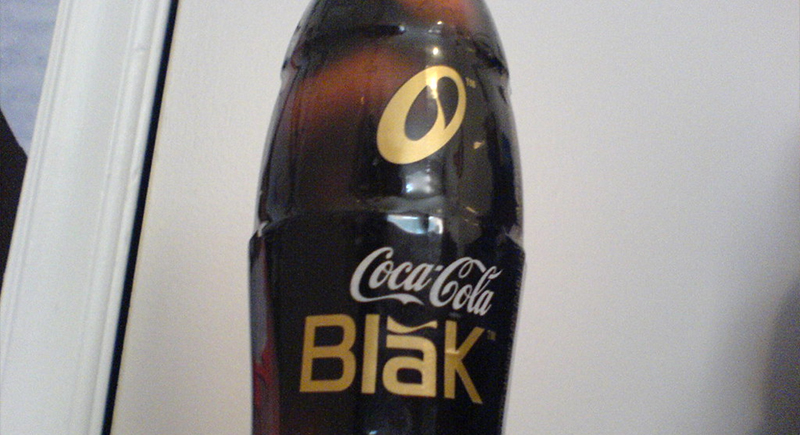
Credit: flickr
This cola-coffee hybrid was a bold experiment aimed at caffeine enthusiasts. While Coca-Cola BlaK combined carbonation with coffee flavor, it struggled to attract a consistent audience due to its unusual taste. Discontinued after just two years, it still sparks fond memories for those who appreciated its adventurous concept.
Crystal Pepsi (1992–1994)
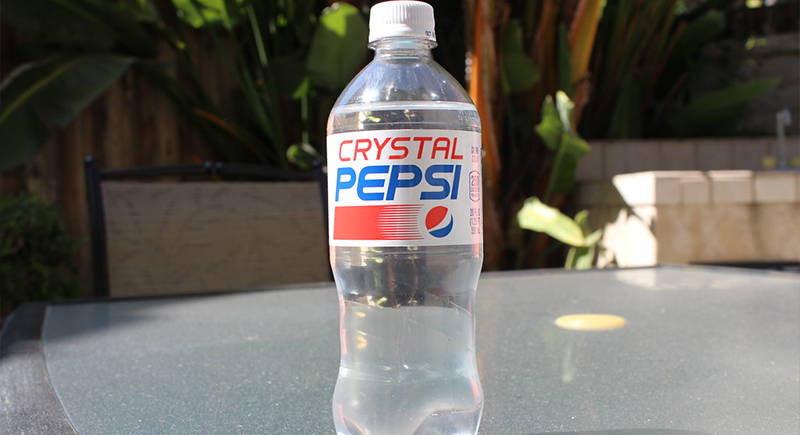
Credit: flickr
Pepsi launched this clear cola as a “pure” and innovative twist on traditional soda. The marketing campaign generated hype, but the flavor confused consumers, who expected something closer to lemon-lime. Although it briefly returned in 2016, Crystal Pepsi remains a symbol of short-lived novelty.
New York Seltzer (1980s)
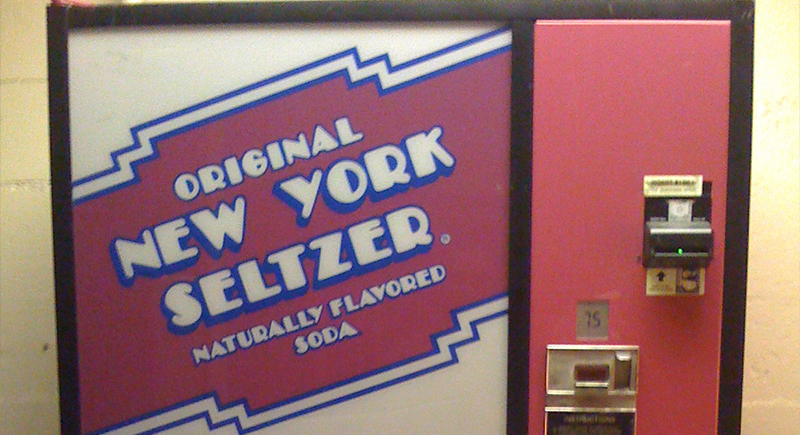
Credit: Wikimedia Commons
New York Seltzer rose to fame with its fizzy fruit flavors and sleek glass bottles. It was a trendy alternative to traditional sodas in the 1980s but couldn’t keep up with changing beverage trends. While revived in limited runs, it hasn’t recaptured its former popularity or consistent shelf presence.
Pepsi Blue (2002–2004)
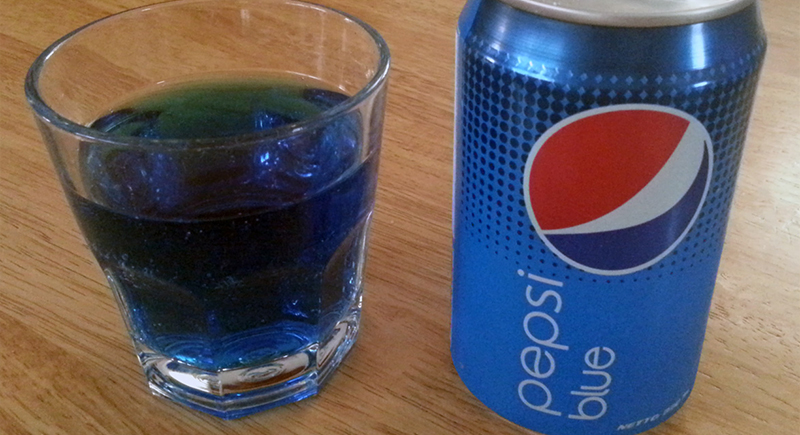
Credit: Wikimedia Commons
Pepsi Blue featured an electric blue color and a berry-like flavor that stood out from other sodas. Some found its sweetness appealing, while others were put off by its artificial taste. Despite its bold look, Pepsi Blue faded quickly, with only short-lived reappearances for nostalgia-driven campaigns.
Jolt Cola (1985–2009)

Credit: flickr
Known for “all the sugar and twice the caffeine,” Jolt Cola was a favorite among students and gamers in the 1980s and 1990s. Its bold marketing appealed to those needing an energy boost, but it struggled to compete with modern energy drinks, eventually disappearing from stores.
Hi-C Ecto Cooler (1987–2001)

Credit: flickr
Introduced as a tie-in to the Ghostbusters franchise, Hi-C Ecto Cooler became a hit with its bright green color and citrus flavor. Though the drink outlasted the original movie’s popularity, changing markets led to its eventual discontinuation. A short 2016 reappearance reignited the sense of familiarity but didn’t secure its place in stores.
Clearly Canadian (1980s–1990s)

Credit: Reddit
This sparkling water brand offered fruity flavors in sleek glass bottles, gaining a devoted following in the 1980s. Despite its initial success, Clearly Canadian faded as the market shifted toward larger soda brands. Attempts to relaunch it have seen mixed results, leaving fans longing for its original charm.
Zima (1993–2008)
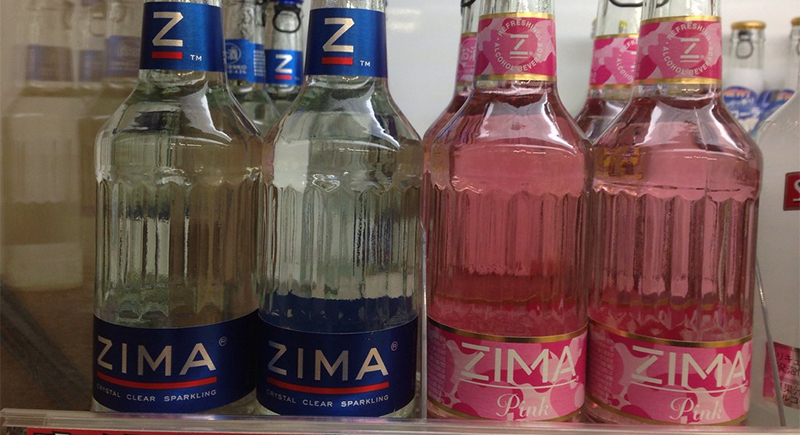
Credit: flickr
As one of the first “malternative” beverages, Zima appealed to those looking for a lighter, citrus-flavored alcoholic drink. Though it initially thrived in the 1990s, its novelty wore off, and sales plummeted. A comeback in 2017 didn’t rekindle enough interest, making Zima a relic of its time.
OK Soda (1993–1995)

Credit: flickr
OK Soda targeted Generation X with edgy marketing and minimalist cans. However, its bland flavor didn’t live up to its bold branding, leading to its quick exit from shelves. Though short-lived, OK Soda’s unique approach to advertising remains a memorable chapter in soda history.
Yoo-hoo Chocolate Drink (Mid-20th Century Peak)
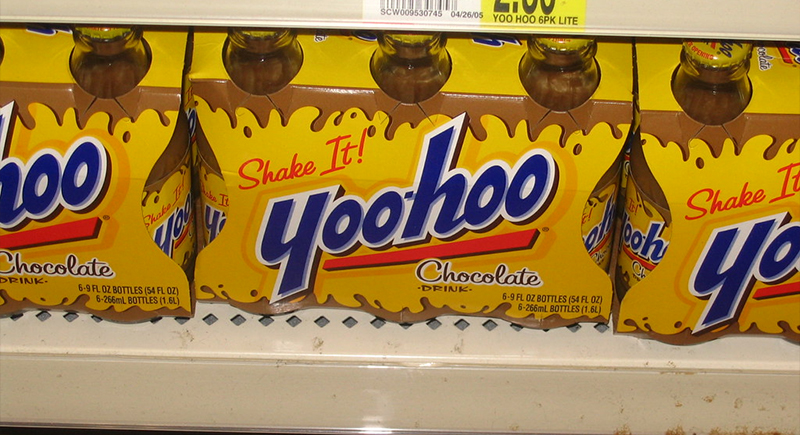
Credit: flickr
Once a staple in lunchboxes, Yoo-hoo became less prominent in recent decades. While still available in select regions, its popularity has waned due to competition from other chocolate-flavored drinks. Many who grew up with Yoo-hoo still recall its sweet, milky taste as a fond childhood memory.
Surge (1997–2003)
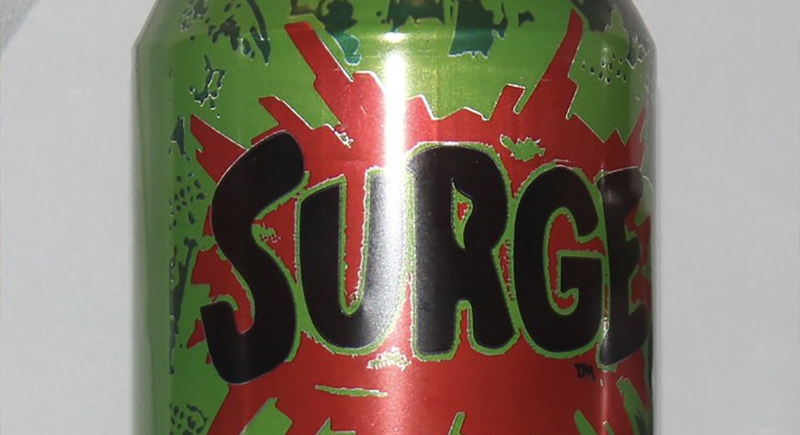
Credit: flickr
Coca-Cola introduced Surge to compete with Mountain Dew, offering a bright green soda with a citrusy punch. Despite its initial success with a loyal fan base, Surge was gone in the early 2000s due to declining sales. A limited 2014 comeback thrilled fans but wasn’t enough to secure a full revival.
Tab (1963–2020)
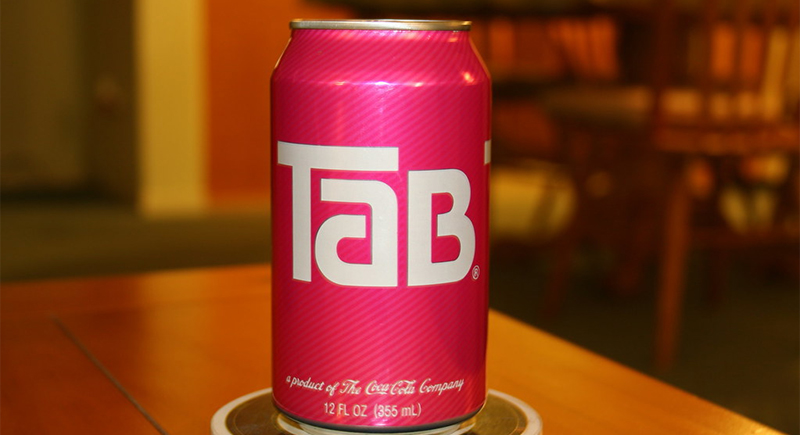
Credit: flickr
Tab, Coca-Cola’s first diet soda, held a loyal following for decades despite the rise of Diet Coke. Its pink can became iconic, but shrinking demand led Coca-Cola to discontinue Tab in 2020. Its absence marks the end of an era for one of the original diet sodas.
Fruitopia (1994–2003)
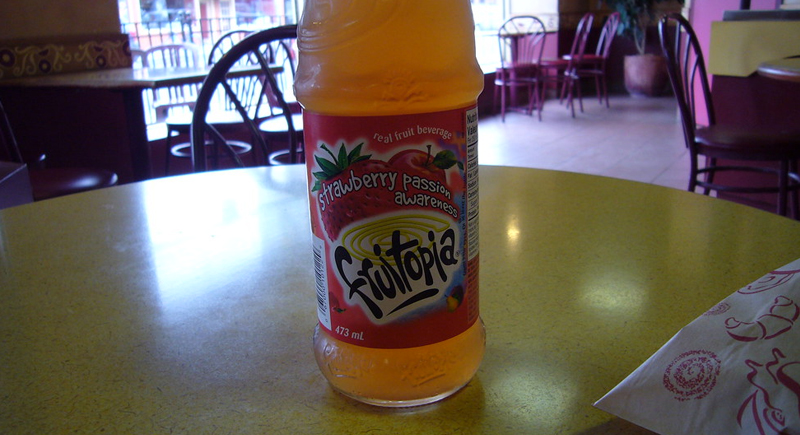
Credit: flickr
Fruitopia emerged in the 1990s with its psychedelic branding and fruity flavors, appealing to teens and young adults. Despite its popularity, it couldn’t maintain momentum and was eventually replaced by Minute Maid. Fans still reminisce about its bold marketing and memorable flavors.
Vault (2005–2011)

Credit: flickr
Vault combined the characteristics of soda and energy drinks, boasting bold flavor and high caffeine content. Coca-Cola marketed it as a versatile beverage but couldn’t carve out a lasting niche in the competitive energy drink market. It quietly vanished, leaving behind a small group of dedicated fans.
Crystal Clear Amaretto (1980s)
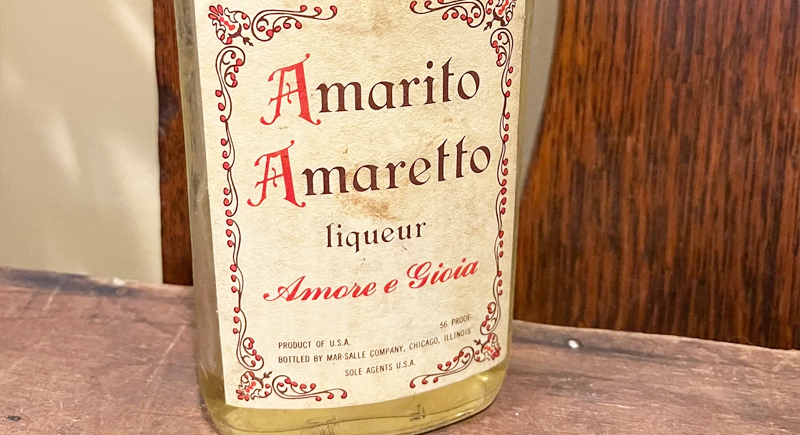
Credit: Etsy
Crystal Clear Amaretto aimed to modernize the classic Italian liqueur with a clear version. Despite its sleek presentation, it failed to catch on with consumers. Discontinued after a brief run, it remains a unique experiment that didn’t quite find its footing in the market.
7 Up Gold (1987–1988)
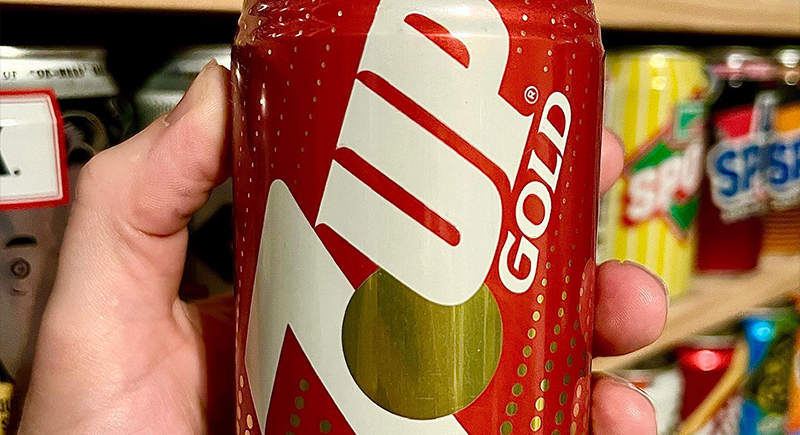
Credit: Instagram
7 Up Gold offered a spiced, cinnamon-flavored soda that stood apart from the brand’s signature lemon-lime taste. The bold move confused customers, and the drink quickly vanished from shelves. Its short run left it as a quirky footnote in soda history.
Aspen Soda (1970s)
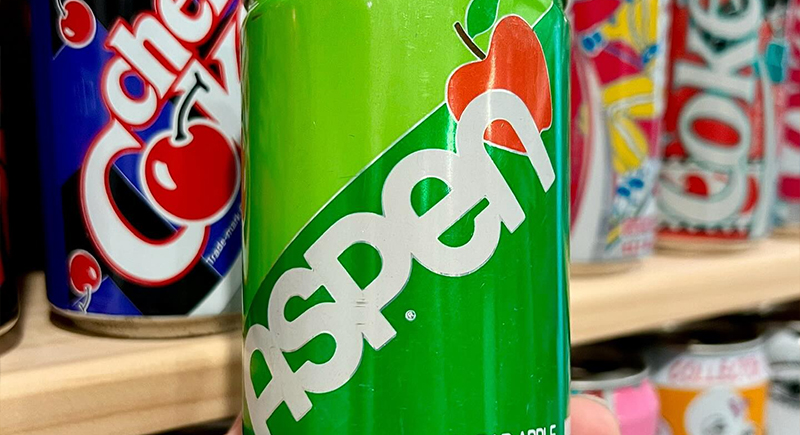
Credit: Instagram
Aspen Soda, an apple-flavored soft drink by PepsiCo, presented a refreshing alternative to citrus-heavy sodas. While its crisp taste gained a niche audience, it never achieved widespread appeal. The drink was no longer available, but its uniqueness still resonates with those who remember it.
Dr Pepper Berries & Cream (2006–2007)

Credit: flickr
Dr Pepper introduced this limited-edition flavor with fruity berry notes blended into its signature taste. Despite positive reviews, it was quickly discontinued, leaving fans wishing for its return. Its short-lived presence highlights how even popular flavors don’t always stick around.
Pepsi A.M. (1989)
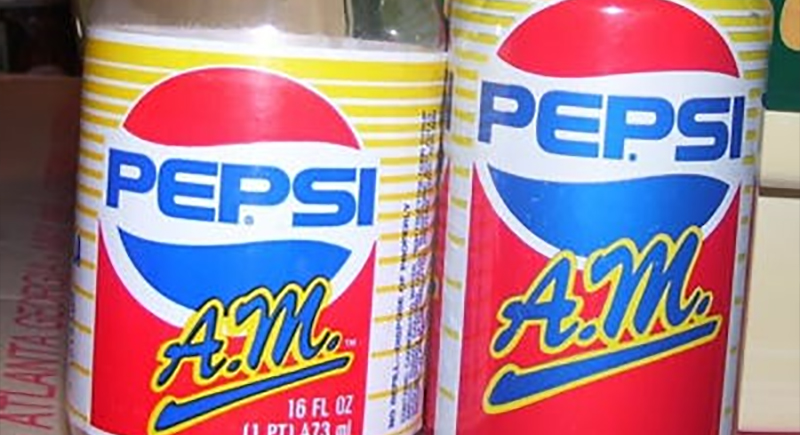
Credit: Wikimedia Commons
Pepsi A.M. aimed to replace coffee as a morning beverage with its extra caffeine boost. However, soda for breakfast proved too unconventional for most consumers, and the product was discontinued within a year. Pepsi A.M. remains an ambitious, if misguided, attempt to rethink morning routines.
Teem (1959–1984)
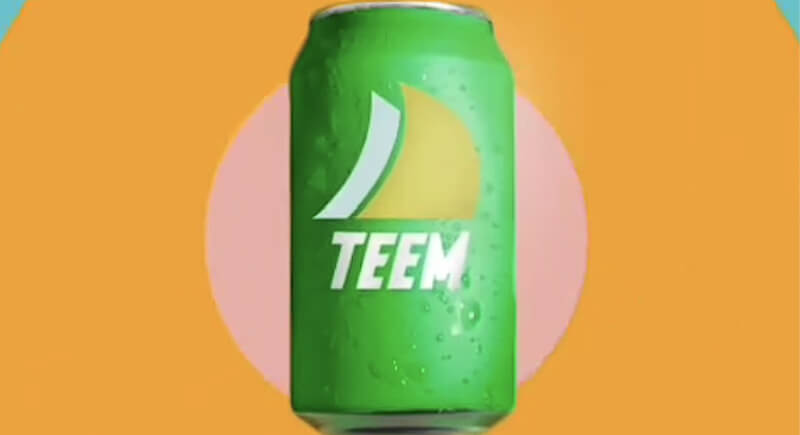
Credit: Instagram
Launched by PepsiCo as a citrusy rival to 7 Up and Sprite, Teem was a lemon-lime soda with a zesty kick and a no-caffeine promise. It enjoyed moderate success through the 1960s and 1970s but began fading as Sprite gained ground. By 1984, it vanished from U.S. shelves, though it lingered internationally. Fans still reminisce about its clean, sharp taste and retro green-and-white branding that made it a standout in vending machines and summer picnics alike.
Fanta Shokata (early 2000s–discontinued in most markets)

Credit: flickr
Inspired by a traditional Balkan elderflower drink called “Socată,” Fanta Shokata offered a refreshing twist with its unusual blend of elderflower and lemon. Launched in Eastern Europe, it quickly developed a niche following thanks to its floral aroma and lightly tart flavor. While it remained a cult favorite in some regions, it was quietly pulled from shelves in most countries. Fans still fondly recall its vibrant blue label and the unexpected burst of botanical brightness.


